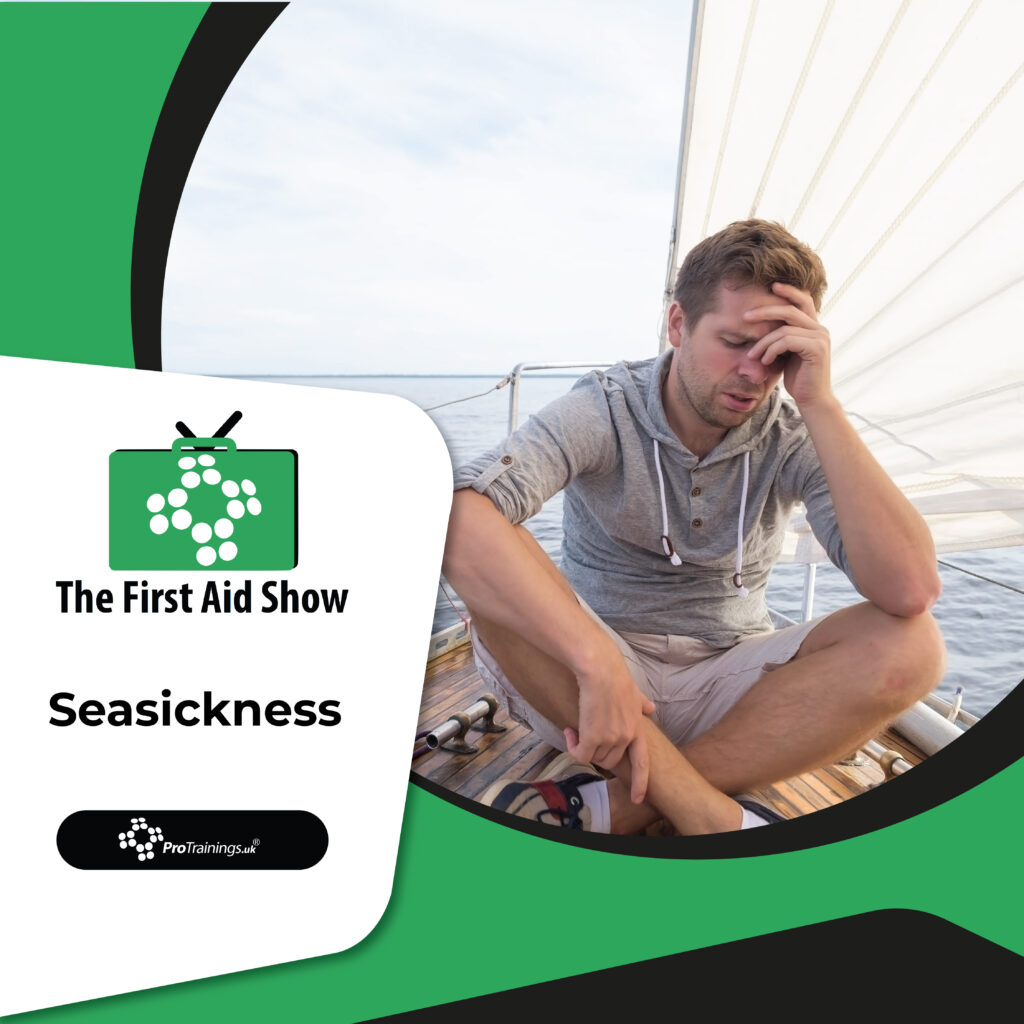Understanding and Managing Seasickness
Seasickness, also known as motion sickness, is a common ailment that affects many individuals during sea travel. This condition arises from a discord between the body’s visual and vestibular systems.
What Causes Seasickness?
Seasickness manifests when the brain receives conflicting signals from the inner ears, eyes, and body parts that detect motion. On a boat or ship, while the inner ear may sense movement, the eyes might not perceive the same motion, confusing the brain and leading to seasickness symptoms.
Symptoms of Seasickness
The symptoms can range from mild to severe, impacting individuals differently:
- Nausea
- Vomiting
- Dizziness
- Sweating
- Fatigue
- Headache
- Increased salivation
- Pale skin
Treatment
Various treatment options can help mitigate the discomfort of seasickness:
- Over-the-counter antihistamines and prescription medication patches are effective.
- Ginger in the form of tea, capsules, or ginger ale can alleviate nausea.
- Acupressure wristbands target specific points to reduce symptoms.
- Staying hydrated and consuming light, bland foods can also help manage and prevent nausea.
Prevention
Preparing for Home Emergencies involves several proactive steps:
- Opt for cabin or seating locations in the middle of the vessel to experience less motion.
- Stay on deck to maintain a view of the horizon, which helps in syncing the visual and vestibular inputs to the brain.
- Avoid areas with strong odors and take anti-motion sickness medication prior to departure.
When to Seek Medical Attention
In severe cases where symptoms lead to dehydration and nutritional deficiencies, it is crucial to seek professional medical help. Treatment may include:
- Administration of intravenous fluids to rehydrate and restore electrolyte balance.
- Prescription medications to control persistent nausea and vomiting effectively.
Conclusion
Understanding the key aspects of Seasickness and employing preventive and management strategies can significantly enhance comfort and safety for sea travellers. By staying informed and prepared, you can effectively reduce the impact of seasickness on your maritime adventures.


